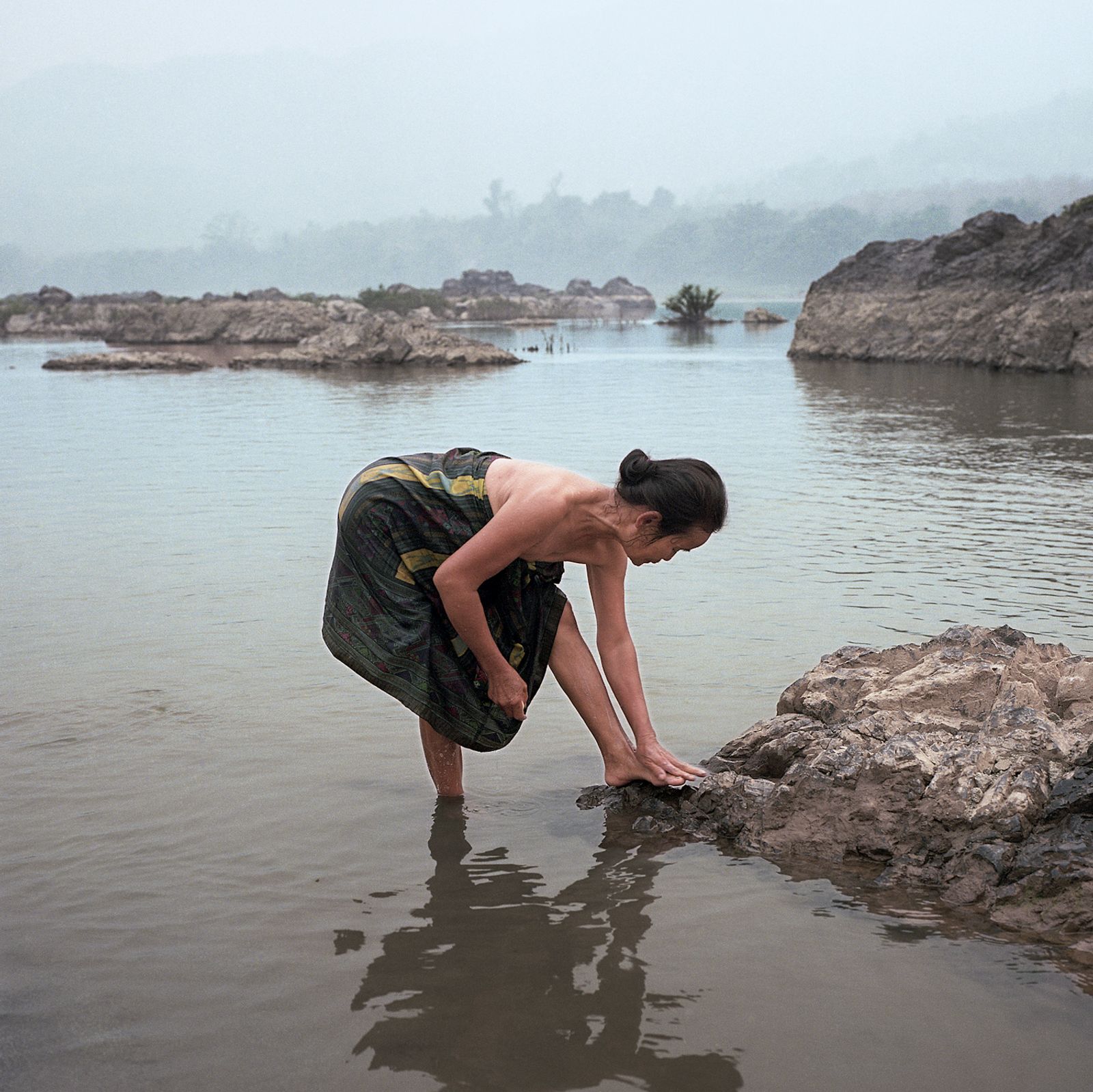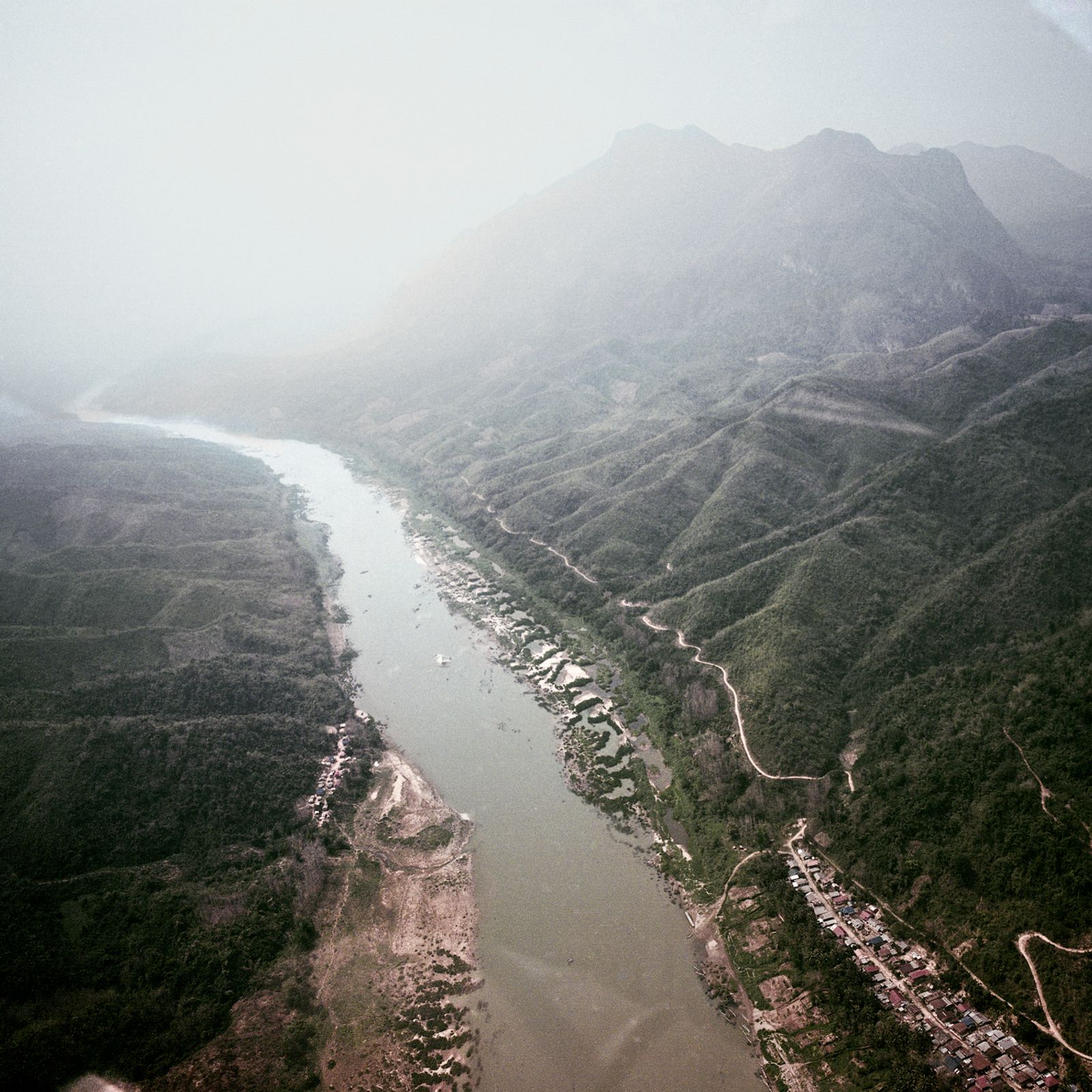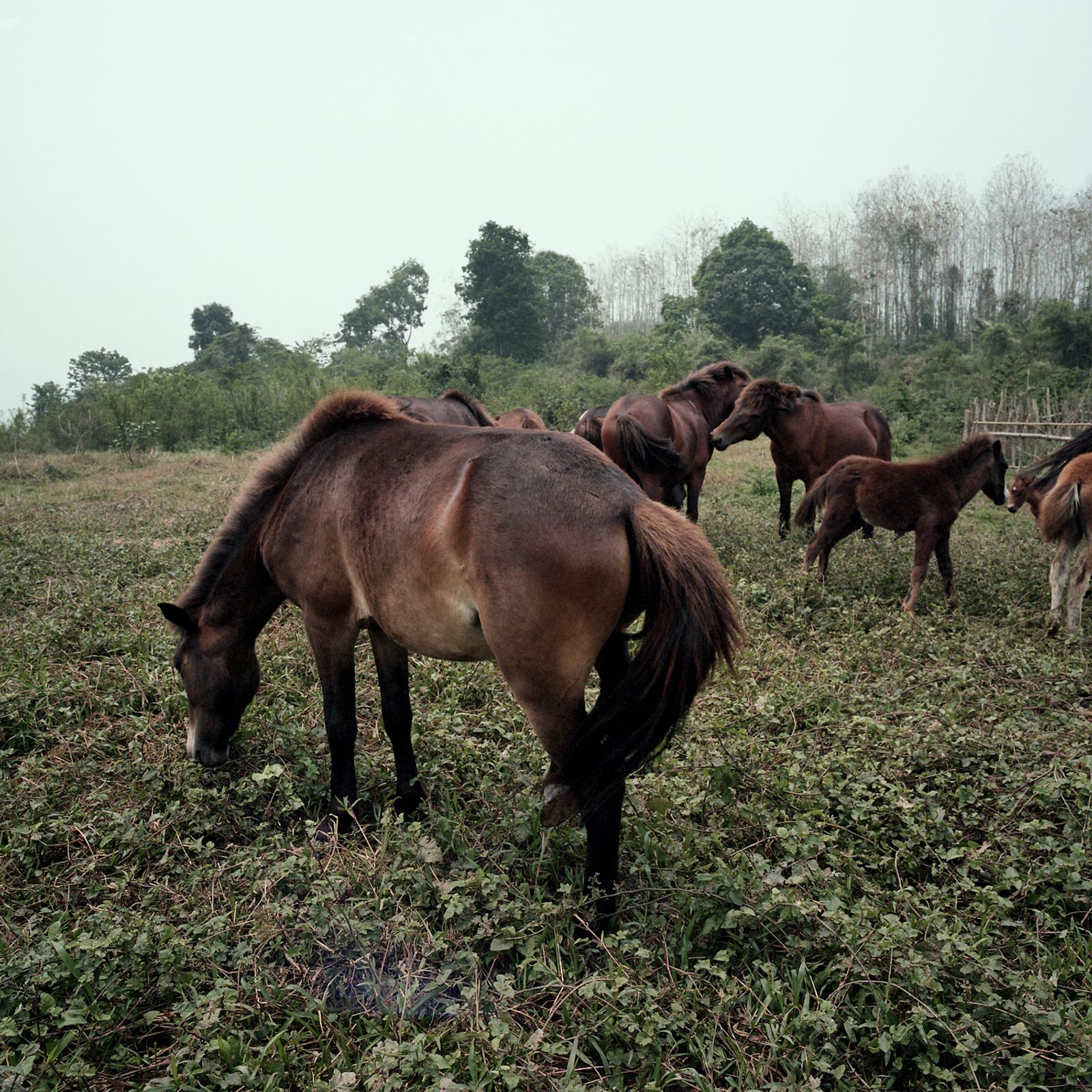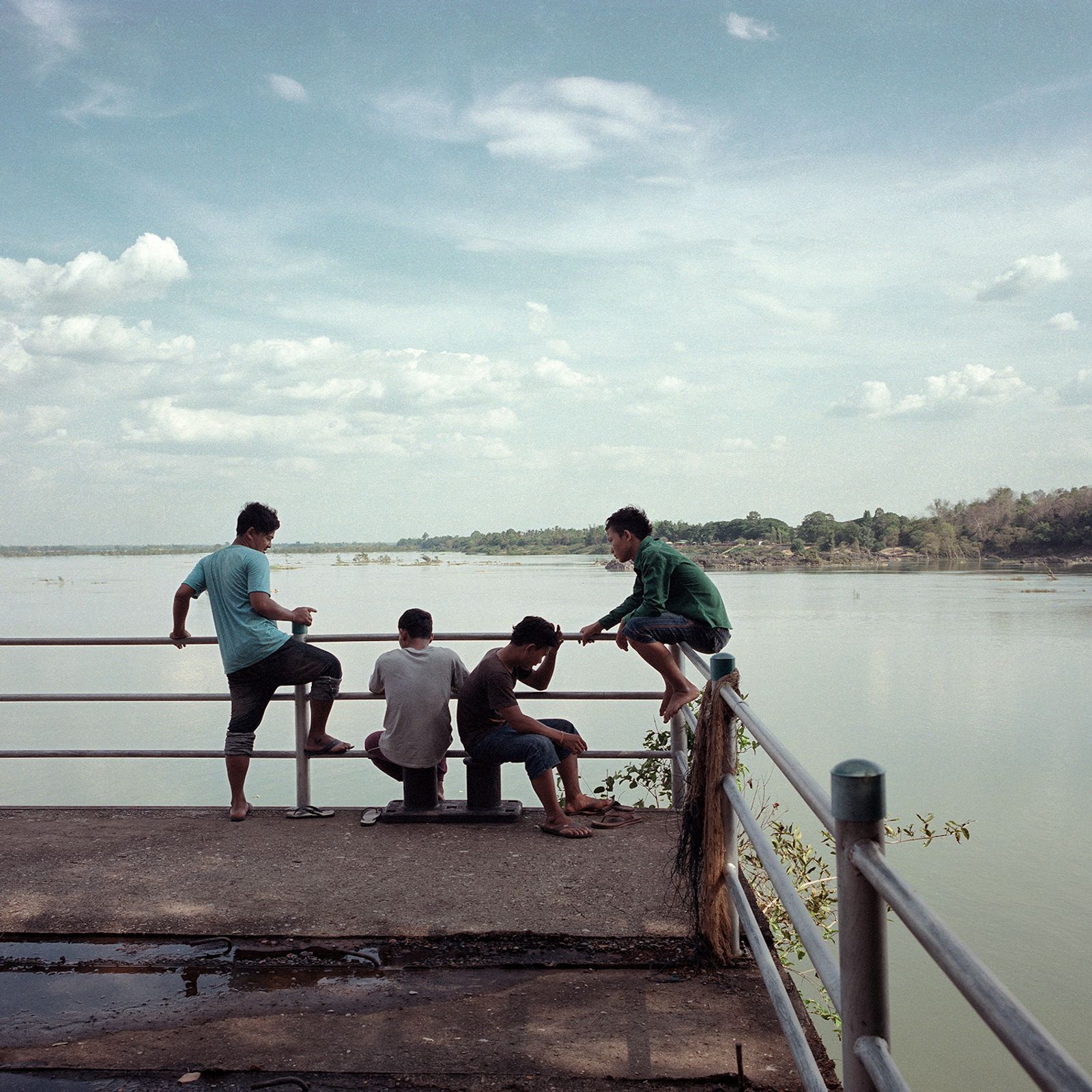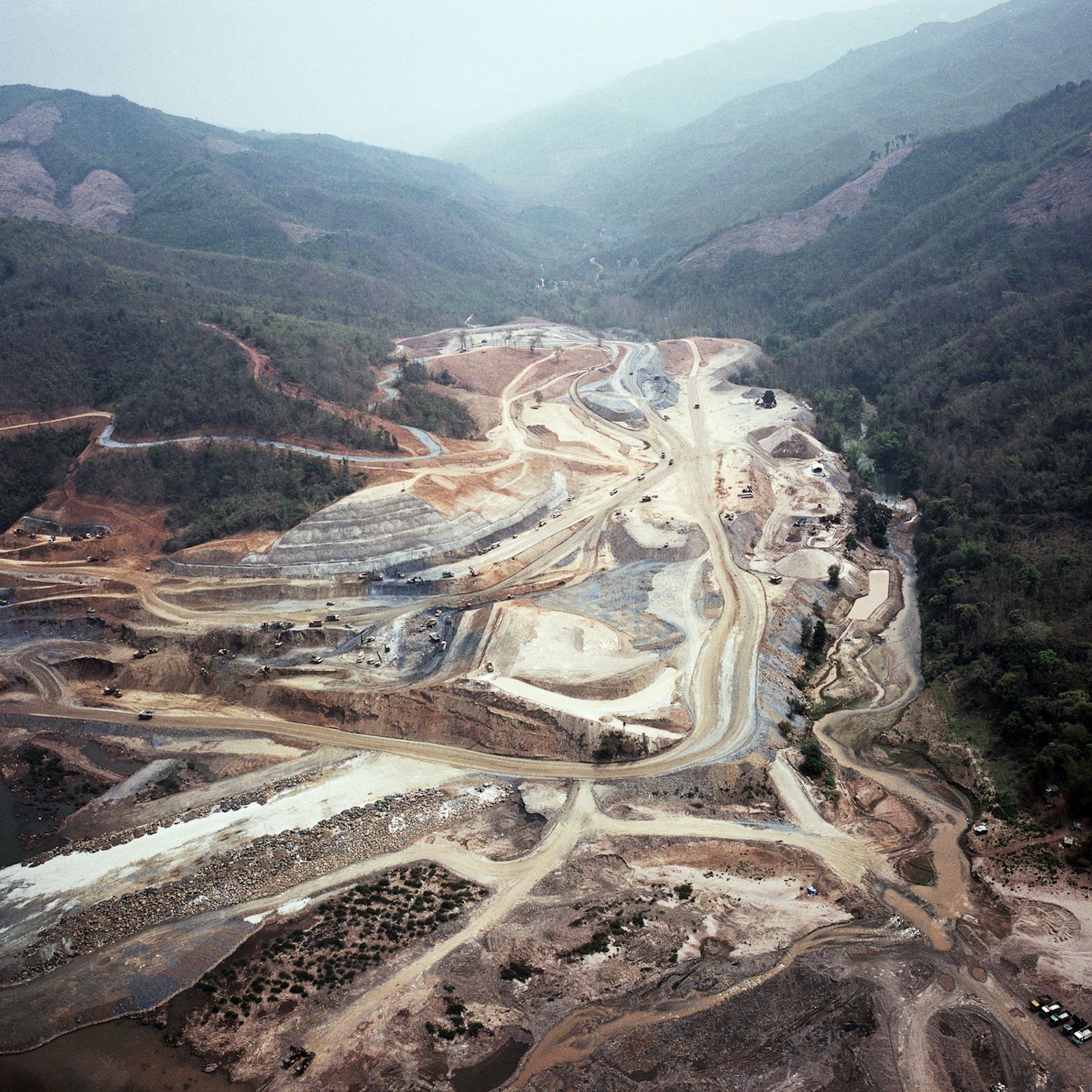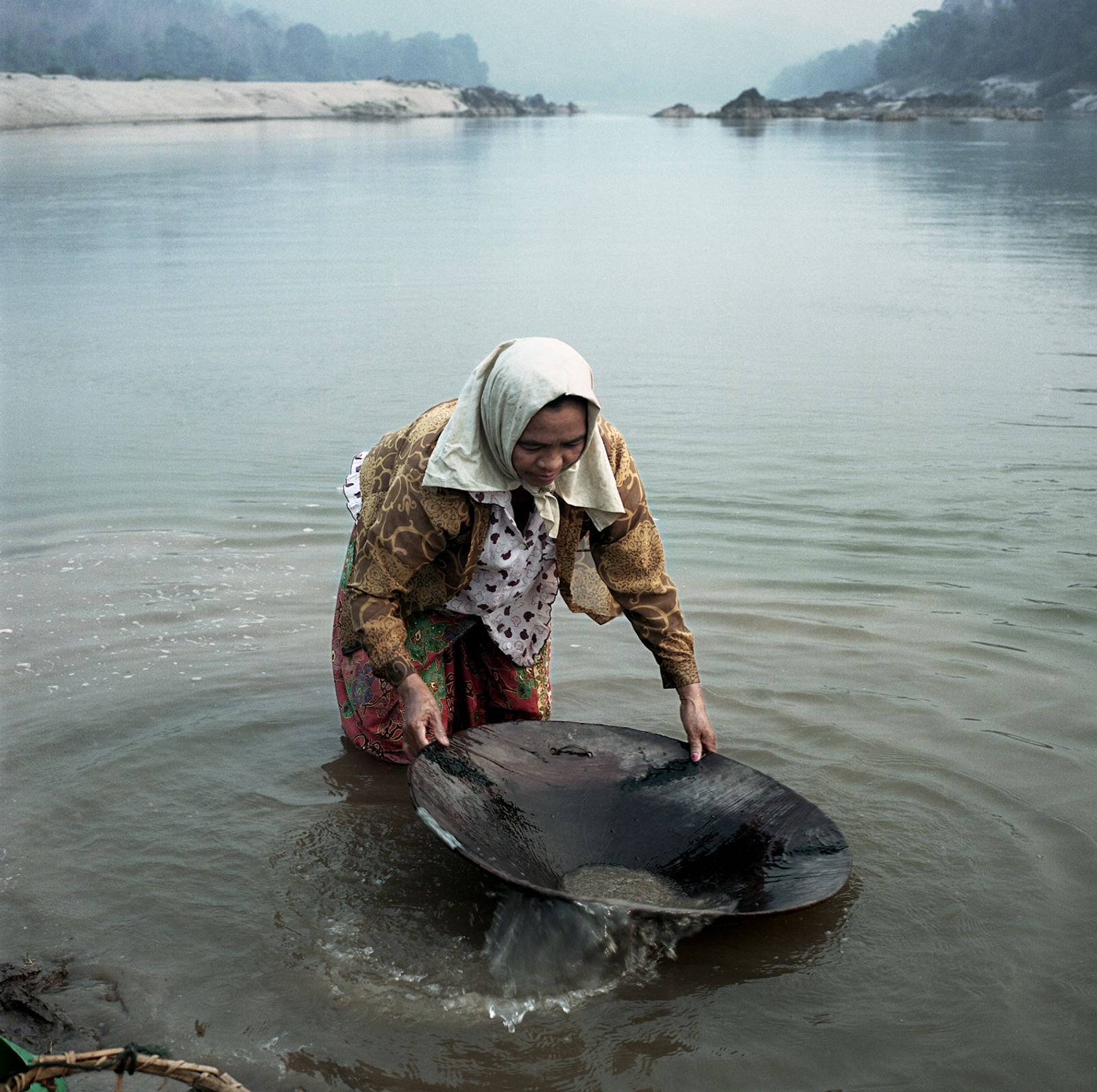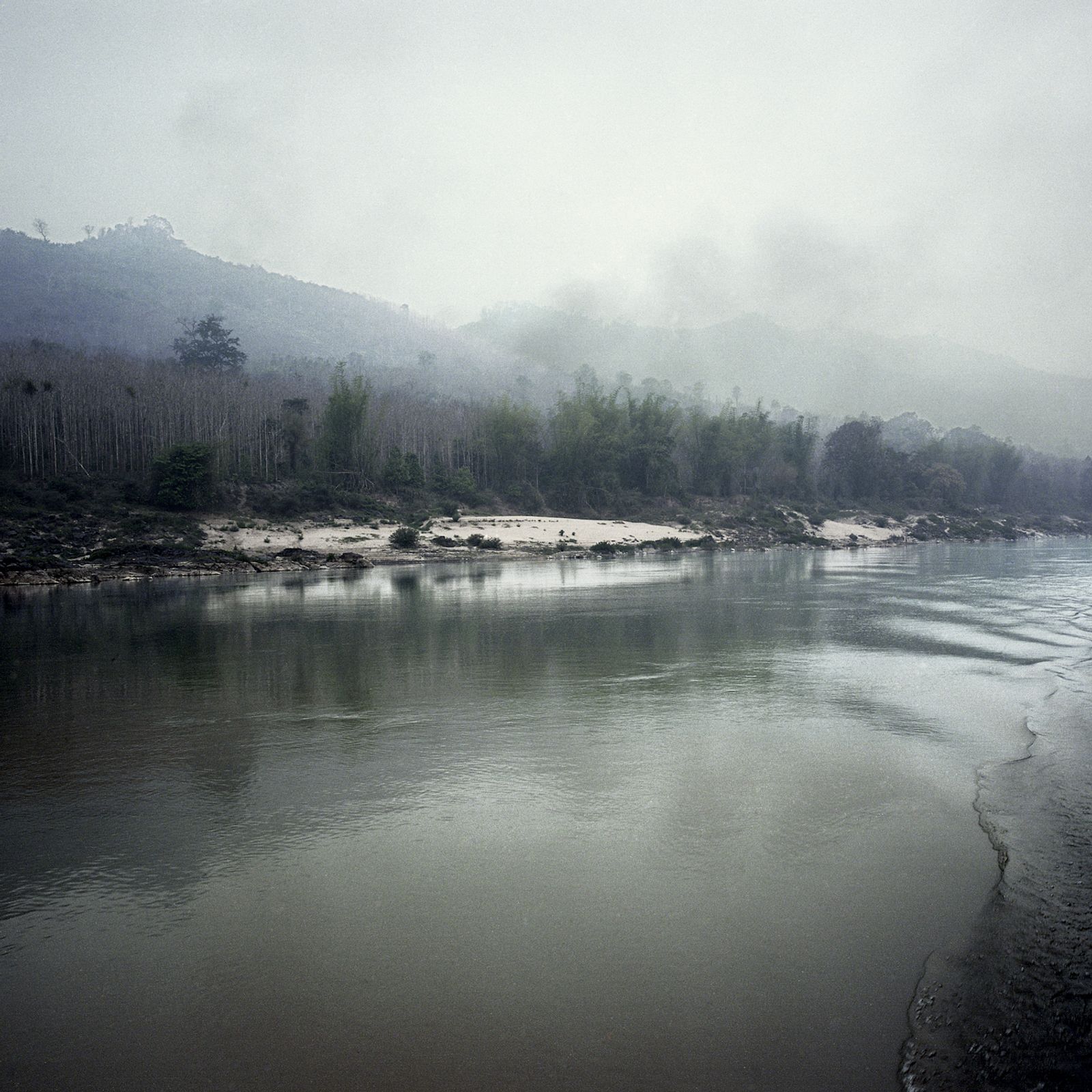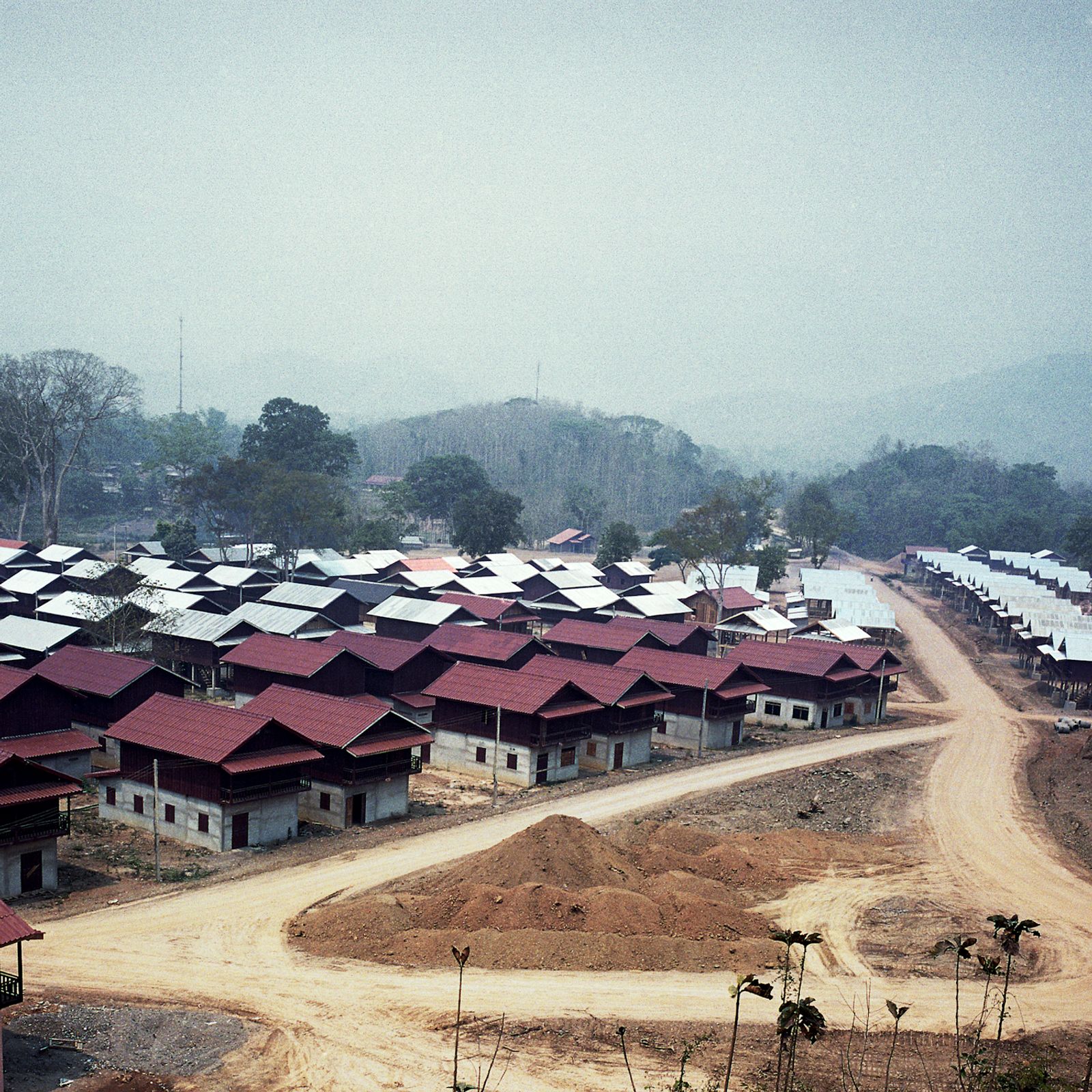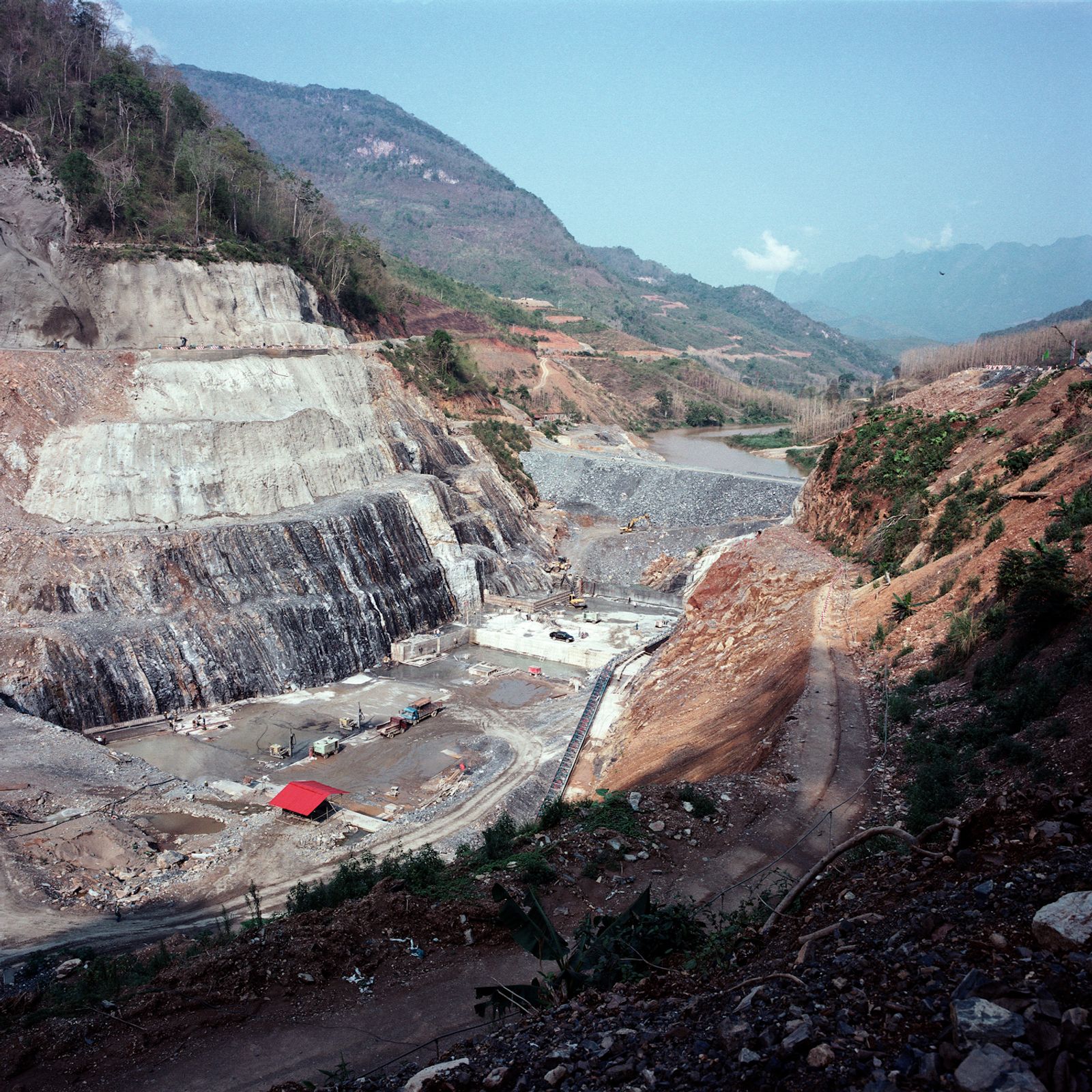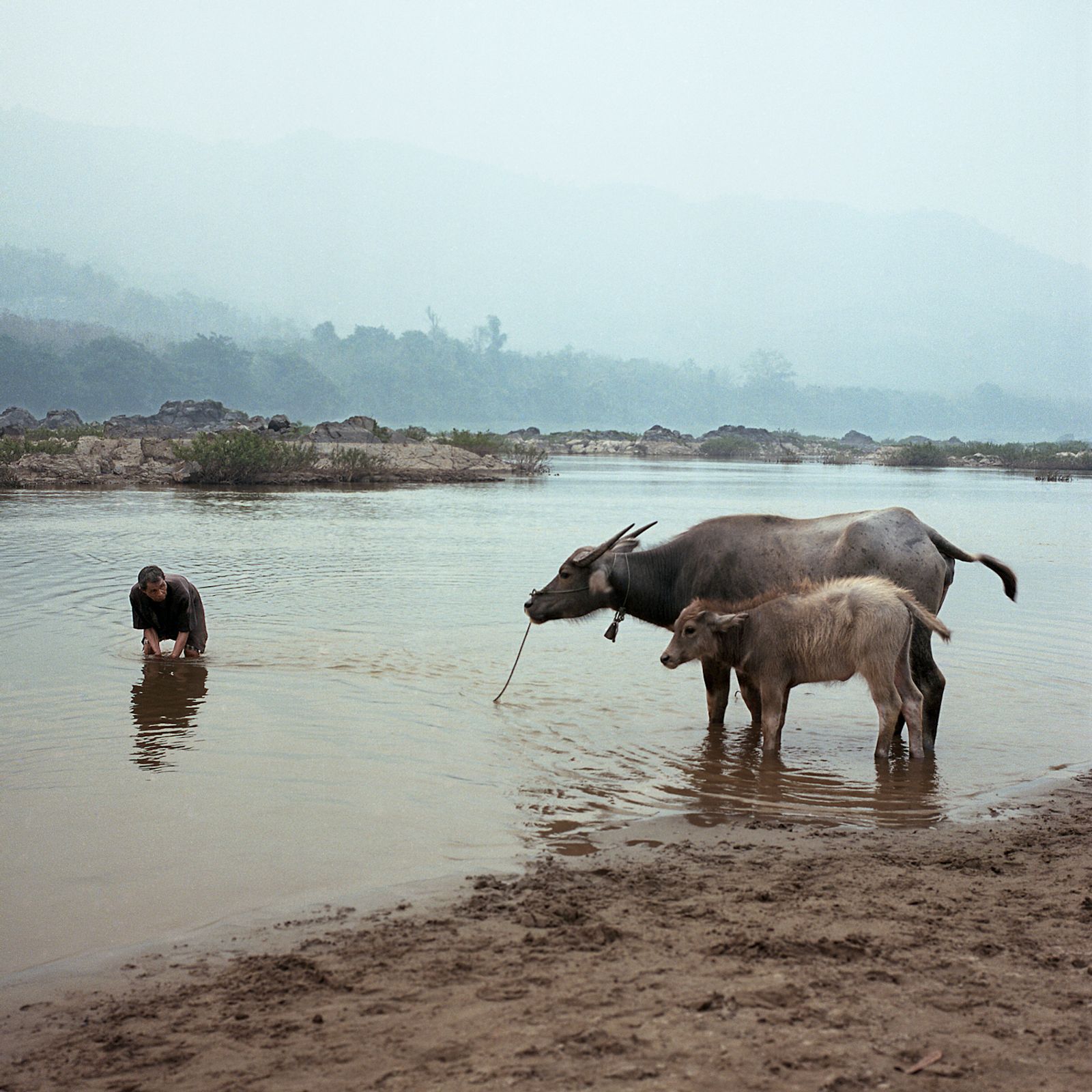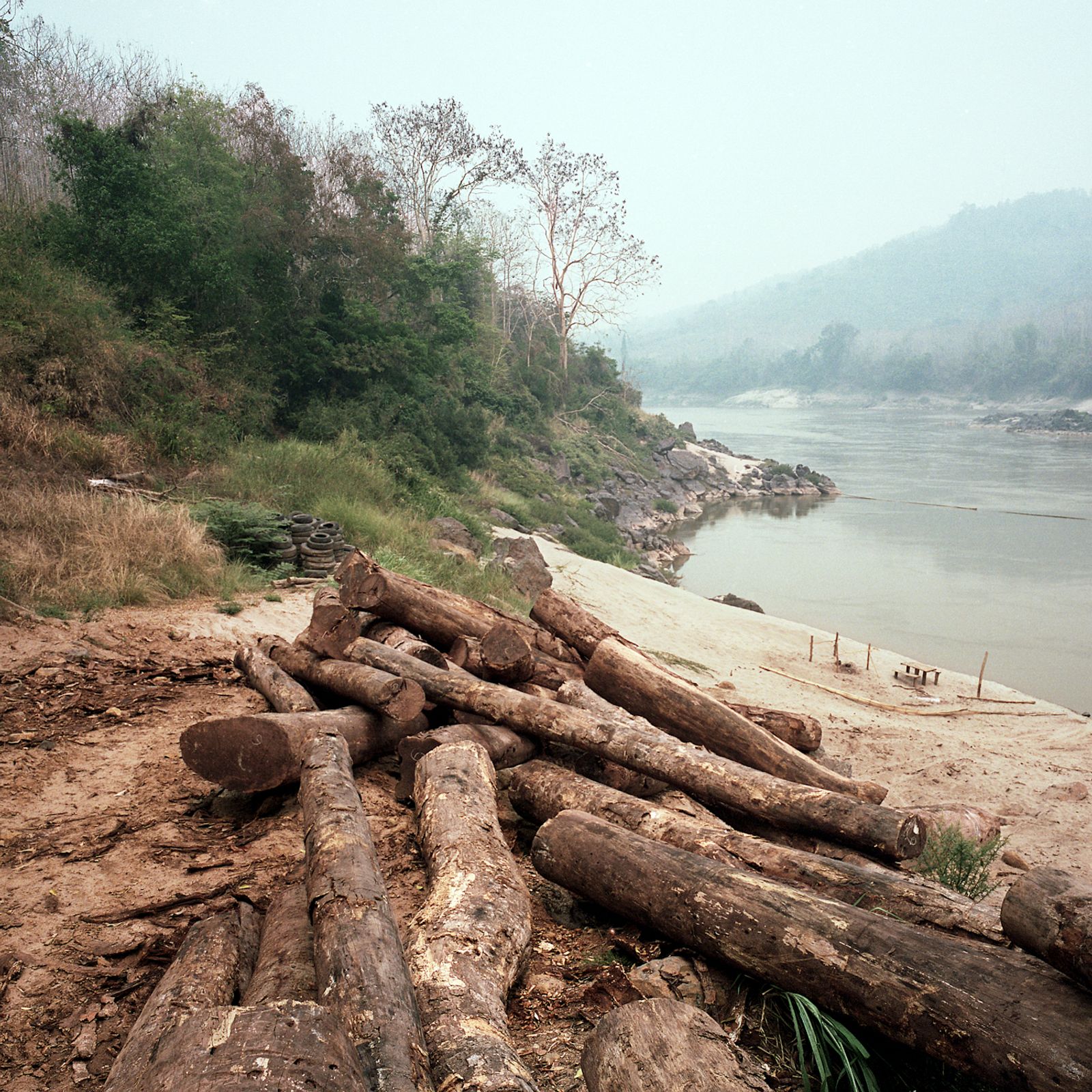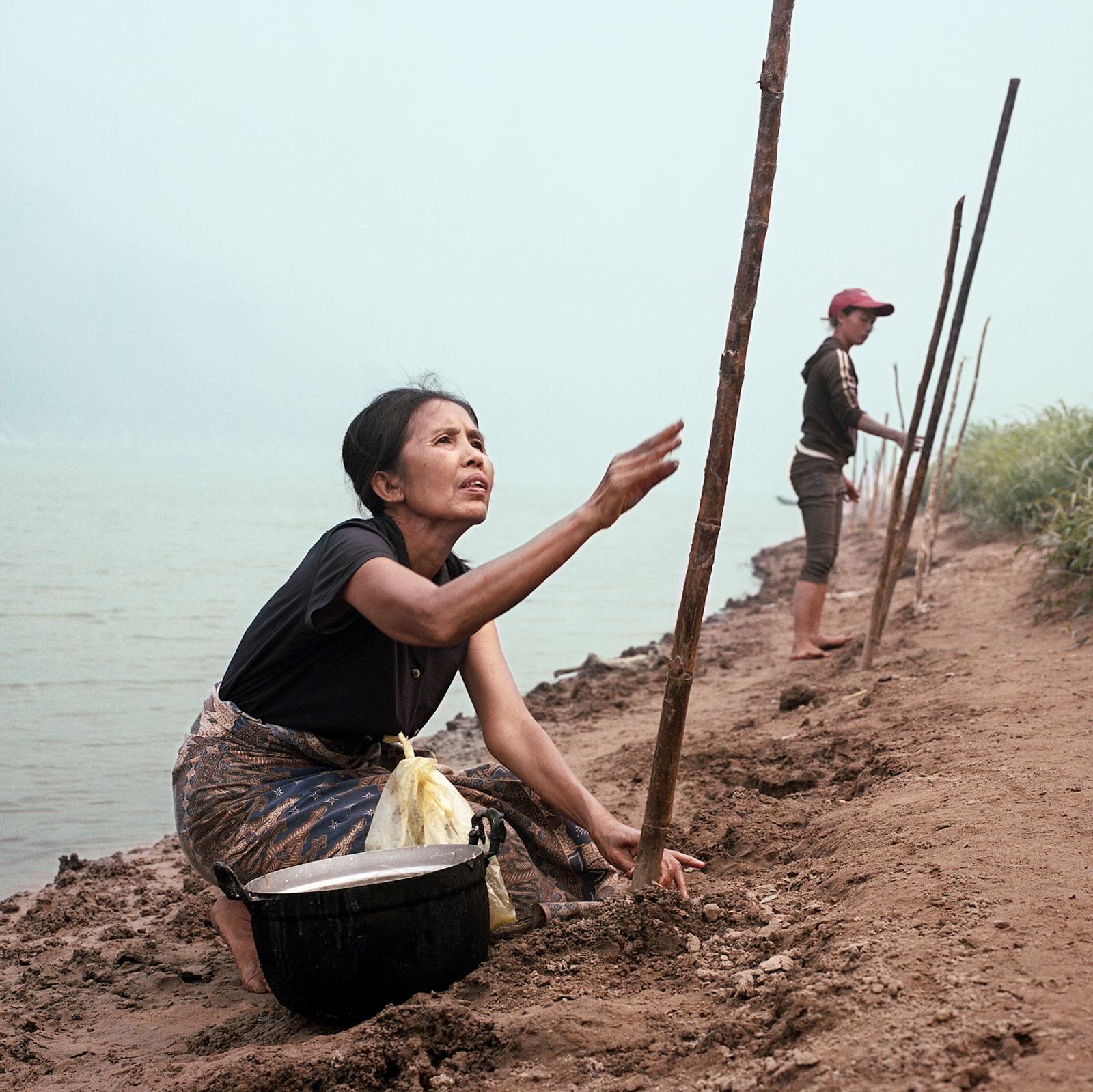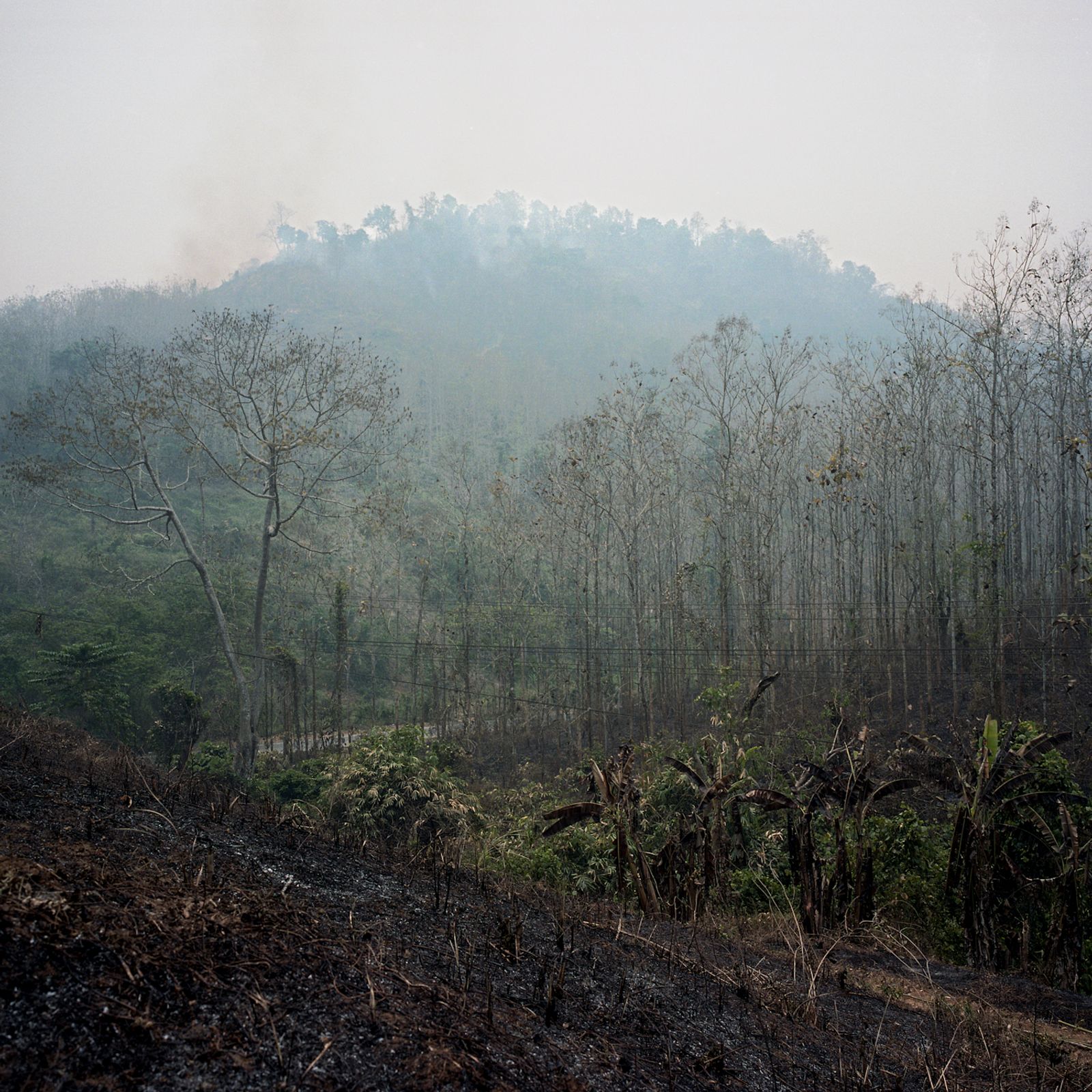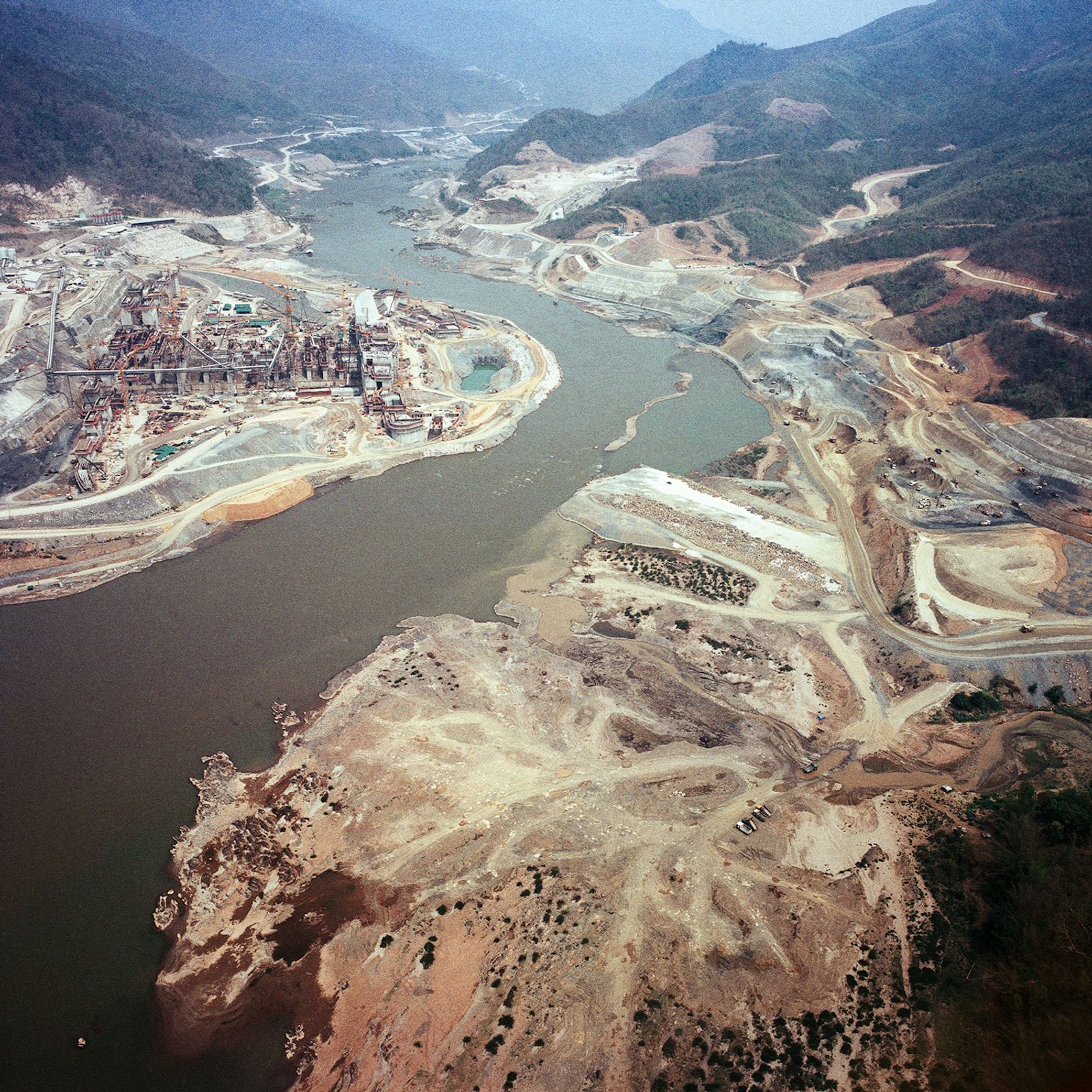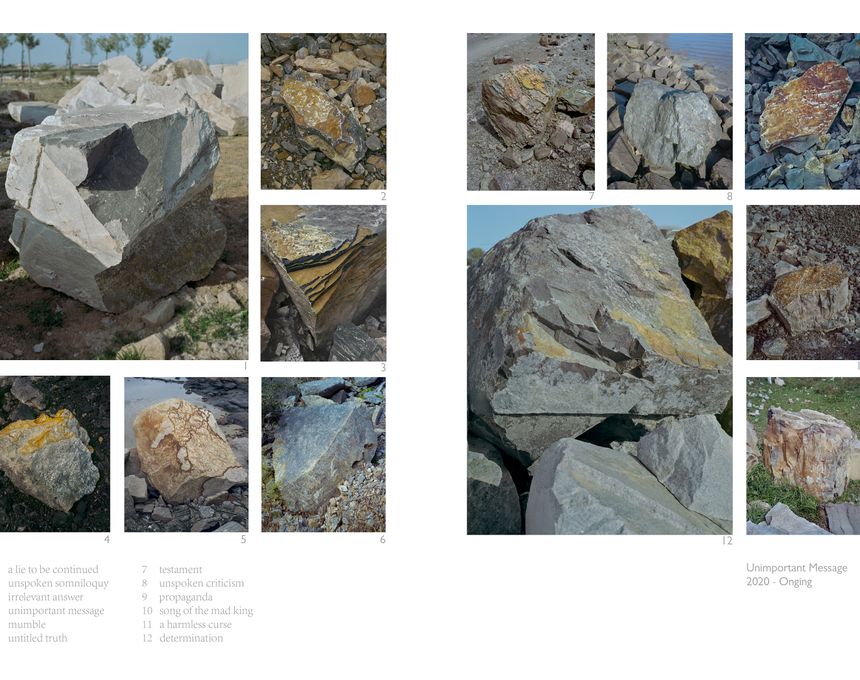Mekong, The mother of rivers
-
Dates2014 - Ongoing
-
Author
- Topics Contemporary Issues, Documentary
The Mekong River in Laos is the country’s economic and spiritual lifeline. All of that will change with the controversial Xayaburi Dam currently being constructed on the mainstream lower Mekong River.
The Mekong River, also known as Mother of Rivers in Laos and Thailand, is the 12th longest river in the world. Like a gigantic serpent, the river winds across China and the Indochinese peninsula, giving birth to civilisations along its bank. It is a transnational space where earliest trade contacts between Southeast Asia and China took place. For thousands of years after, the river acted as an important nexus for people, culture and goods, linking communities in the region. Today, it is a crucial link in international as well as informal trade routes, connecting the six Mekong countries to each other and the rest of the world.
The river is home to the world’s largest inland fishery in the world and has the most concentrated biodiversity per hectare in the world. Critically endangered species such as the Siamese crocodile and Irrawaddy dolphin can be found in there. Over 50 million people in the Lower Mekong region depend on the river for their food security and livelihood. However all of that is under threat from raising demands of hydropower- the preferred energy option for countries in Mekong region.
Landlocked Laos dreams of being the battery of Southeast Asia. It is currently constructing the first hydropower dam on the mainstream Lower Mekong River, despite strong oppositions from its neighbours Vietnam and Cambodia. When operational, the Xayaburi Dam will produce up to 1285 megawatts of electricity. 95% of this electricity will be exported to Thailand, which is a project partner. The dam is expected to provide much needed export earnings for Laos, one of the poorest countries in the world. The government recently approved another dam project in Don Sahong, a critical and ecologically unique area of the Mekong River. 7 more dam projects are proposed by along the mainstream Mekong in Laos.
Environmental experts warn that these dam projects would cause significant and irreversible damage to the river’s ecosystems and affect the lives of riparian communities, which include many of the region’s poorest people. I travelled to the sites of the Xayaburi and Don Sahong dams in Laos and encountered villagers who will be affected by the dam projects. In portraying their daily routines, I seek to highlight the subsistence relationship they have with the river, a delicate connection that will be destroyed by the dams.
